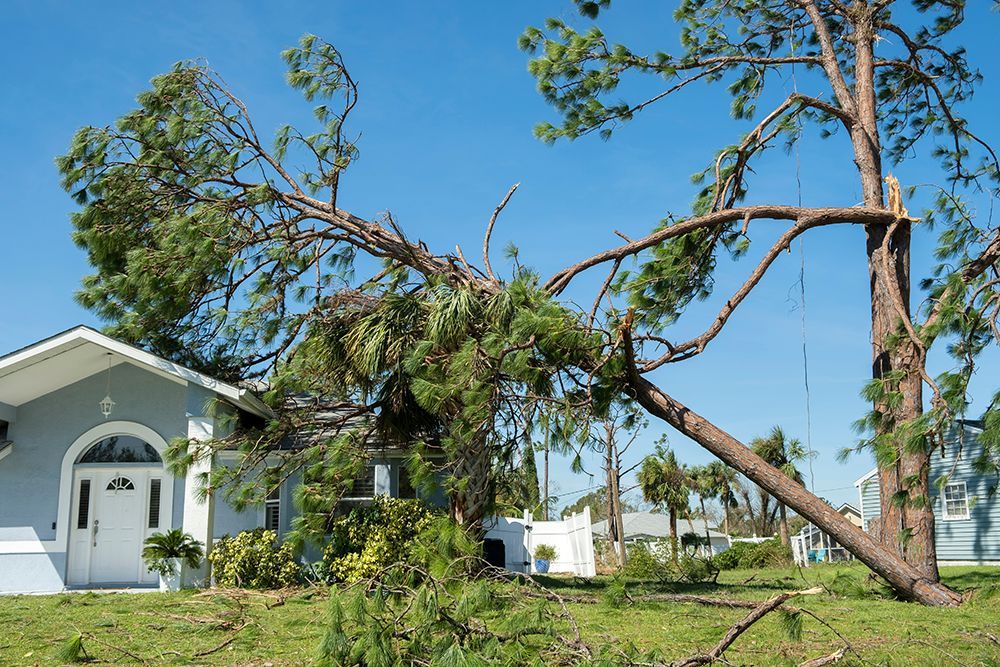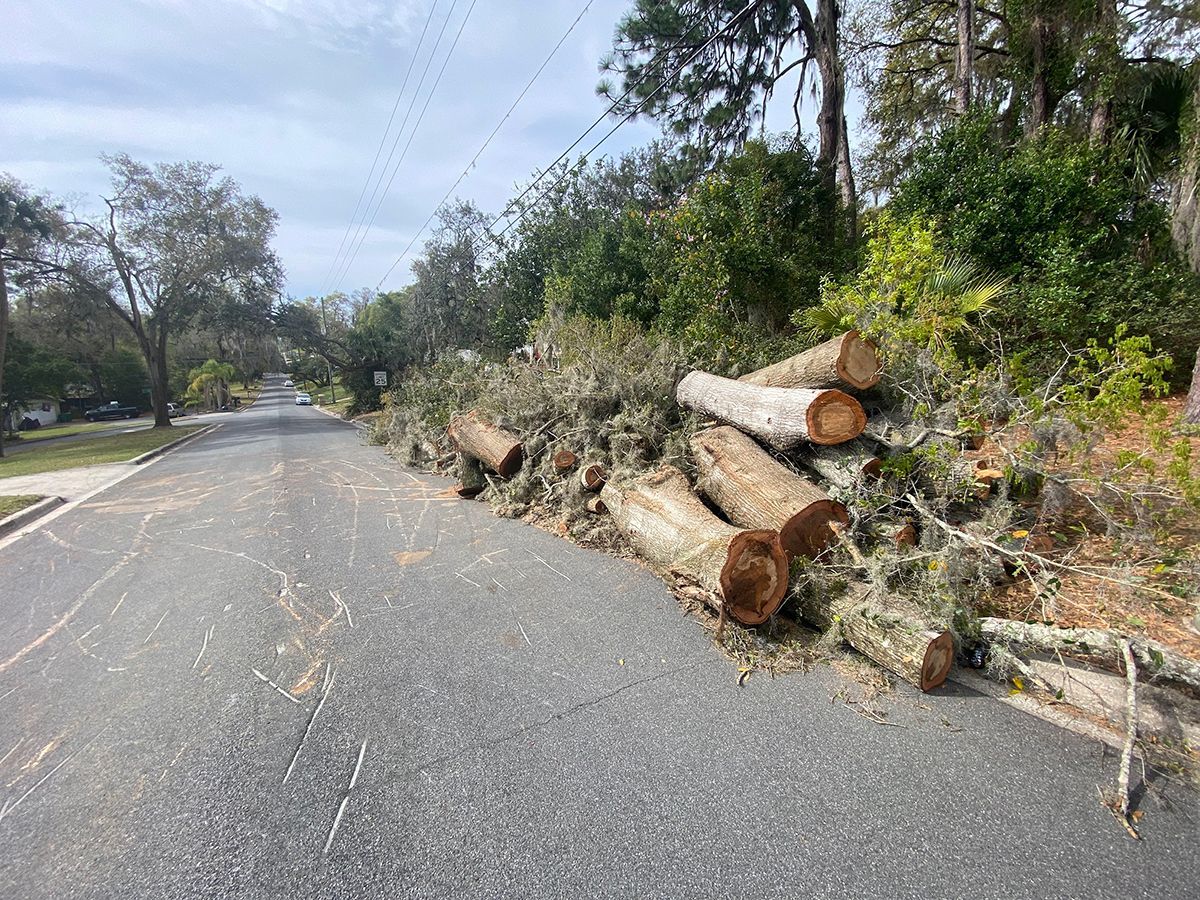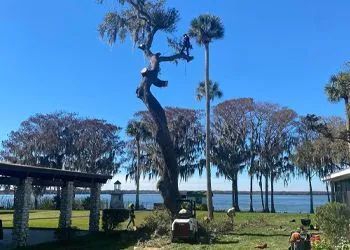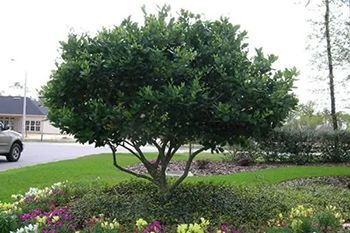Frequently Asked Questions About Palm Tree Skinning
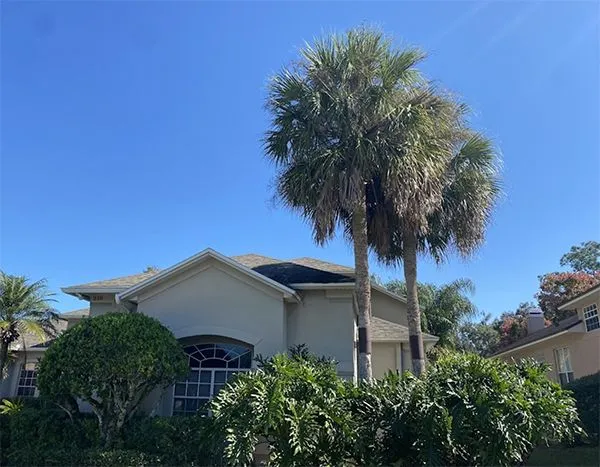
One maintenance task often associated with palm trees is "skinning," which involves removing the dead fronds and the rough, shaggy layer of fiber from the tree’s trunk. If you’re unfamiliar with the process, you may have some questions. At True Outdoors, our team can expertly answer your questions about the palm tree skinning process. Let’s explore some FAQs about palm tree skinning.
What Is Palm Tree Skinning?
Palm tree skinning is the process of removing the dead frond bases and rough outer layer of a palm tree trunk. This results in a smooth, clean appearance that can improve the tree’s aesthetic and overall health.
Why Should I Skin My Palm Tree?
There are several reasons to skin your palm tree, including:
- Aesthetic Appeal: A skinned trunk creates a sleek, polished look that enhances your landscape’s beauty.
- Pest Prevention: Dead fronds and fibers can attract pests like rats, snakes, and insects. Removing them helps prevent infestations.
- Tree Health: By removing old fronds, you encourage the tree to focus its energy on new growth.
How Often Should Palm Trees Be Skinned?
The frequency of skinning depends on the type of palm tree and its growth rate. For most species, skinning is recommended once a year or every two years. Slower-growing palms may need this done less frequently.
Can I Skin a Palm Tree Myself?
While it’s possible to skin a palm tree yourself, it’s a labor-intensive and potentially dangerous task, especially for tall palms. You’ll need specialized tools, and it’s important to keep in mind that improper skinning can damage the tree, making it vulnerable to disease and pests. For these reasons, hiring a professional tree care service is the safer and more effective option.
Does Skinning Hurt the Palm Tree?
When done correctly, skinning is not harmful to the tree. However, if too much of the trunk’s outer layer is removed, it can expose the tree to infection, pests, and weather damage. Professionals know how to remove the dead layers without harming the tree’s healthy tissue.
How Much Does Palm Tree Skinning Cost?
The cost of skinning depends on factors like the tree’s height, species, and the extent of work required. For taller palms or trees requiring extensive work, the cost may be higher. An estimate will provide you details on the costs involved for your particular situation.
When Is the Best Time to Skin a Palm Tree?
The best time to skin a palm tree is during the late spring or early summer, after the coolest weather and before the peak growing season. This timing helps ensure the tree is healthy and less likely to experience stress during the process.
Who Provides Expert Palm Tree Skinning in Deltona, FL?
At True Outdoors, we provide top-quality palm tree skinning in Deltona, FL and the surrounding area. Give us a call at 386-242-9035 to request a tree services estimate in greater Deltona!
True Outdoors Blog
